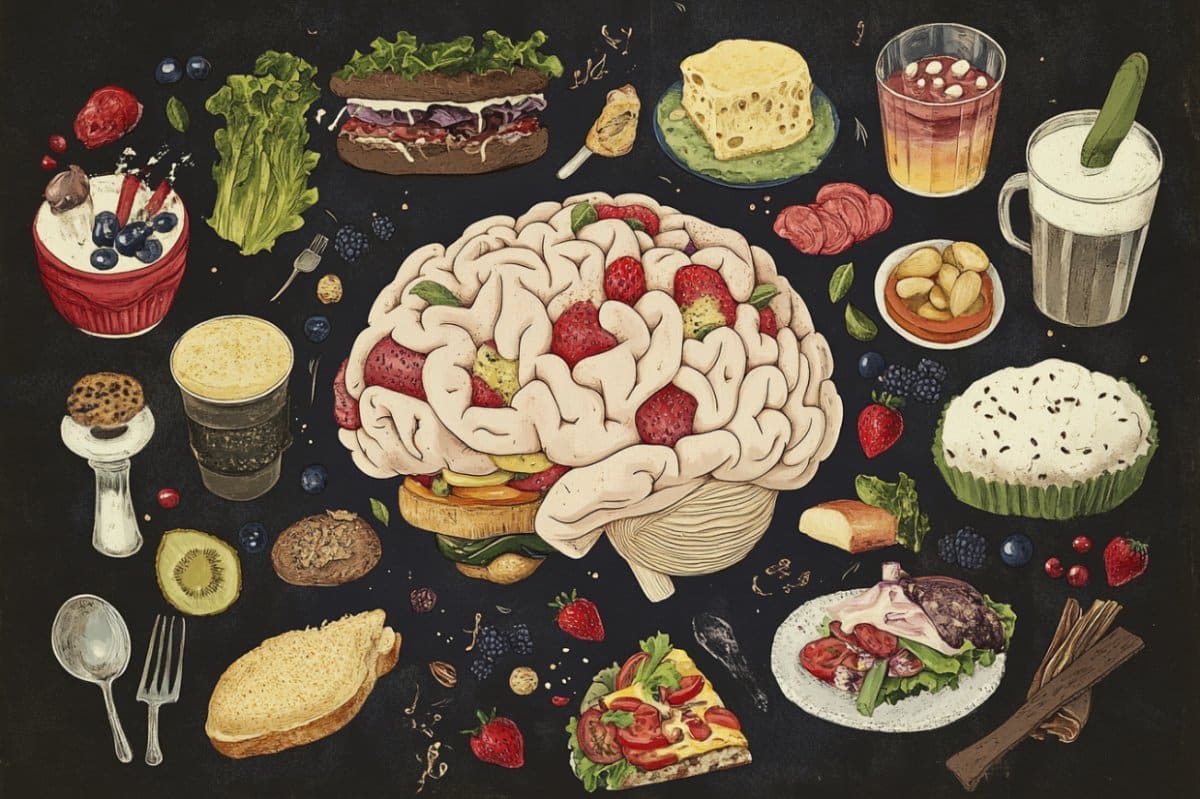Summary: Scientists have identified a small, specialized group of neurons in the mouse brain that directly influence eating behavior and weight gain. These PNOC/NPY cells, found in the hypothalamus, increase food intake when activated and are also present in the human brain.
Crucially, a subset of these neurons contains receptors for leptin, a hormone that normally suppresses appetite—removing those receptors caused mice to overeat and gain weight. The discovery opens the door to more precise anti-obesity therapies targeting this narrow but powerful neural population.
Key Facts:
- Obesity Link: A tiny subset of PNOC neurons in the hypothalamus drives overeating and weight gain.
- Leptin Receptors: Disabling leptin signaling in these cells causes mice to overeat, even on a high-fat diet.
- Therapeutic Potential: Targeting this specific neural cluster may lead to safer, more effective obesity treatments.
Source: Max Planck Society
Obesity is a global health problem that affects many people.
In recent years, very promising anti-obesity drugs have been developed. Despite these successes, there are patients who do not respond to these drugs or suffer from side effects. Therefore, there is still an unmet need for therapies.

Researchers at the Max Planck Institute for Metabolism Research have now discovered a small group of nerve cells in the hypothalamus of mice brain that influence eating behavior and weight gain.
This discovery could pave the way for the development of targeted anti-obesity drugs.
The research group identified the so-called PNOC/NPY nerve cells in the brains of mice. When activated, these cells increase food intake and lead to obesity. Interestingly, these nerve cells are also present in the human brain.
Using novel genetic and molecular biological tools, the researchers were able to analyze the neurons at the single cell level and divide them into different clusters. Within this large group of nerve cells, only one cluster is responsible for the observed eating behavior.
Removing Leptin Receptors
Previous studies have shown that PNOC neurons in the hypothalamus are particularly active when mice are fed a high-fat diet. In further analyses, the researchers found that around 10% of these nerve cells have a receptor for the hormone leptin.
Leptin is produced in adipose tissue and suppresses appetite in the brain. If the leptin receptor in this cluster of PNOC nerve cells was removed, the mice ate more and became overweight.
“It was surprising that such a small group of nerve cells specifically leads to obesity,” explains Marie Holm Solheim, first author of the study.
The researchers plan to continue studying these nerve cells to identify additional specific targets for potential drugs and to make them amenable to pharmacological intervention.
We hope that drugs that act on this specialized group of nerve cells will offer promising alternative therapies,” says Jens Brüning, head of the study. “However, there is still a long way to go before these can be used.”
About this obesity and neuroscience research news
Author: Marie Holm Solheim
Source: Max Planck Society
Contact: Marie Holm Solheim – Max Planck Society
Image: The image is credited to Neuroscience News
Original Research: Open access.
“Hypothalamic PNOC/NPY neurons constitute mediators of leptin-controlled energy homeostasis” by Marie Holm Solheim et al. Cell
Abstract
Hypothalamic PNOC/NPY neurons constitute mediators of leptin-controlled energy homeostasis
Leptin acts in the brain to suppress appetite, yet the responsible neurocircuitries underlying leptin’s anorectic effect are incompletely defined. Prepronociceptin (PNOC)-expressing neurons mediate diet-induced hyperphagia and weight gain in mice.
Here, we show that leptin regulates appetite and body weight via PNOC neurons, and that loss of leptin receptor (Lepr) expression in PNOC-expressing neurons in the arcuate nucleus of the hypothalamus (ARC) causes hyperphagia and obesity.
Restoring Lepr expression in PNOC neurons on a Lepr-null obese background substantially reduces body weight. Lepr inactivation in PNOC neurons increases neuropeptide Y (Npy) expression in a subset of hypothalamic PNOC neurons that do not express agouti-related peptide (Agrp).
Selective chemogenetic activation of PNOC/NPY neurons promotes feeding to the same extent as activating all PNOCARC neurons, and overexpression of Npy in PNOCARC neurons promotes hyperphagia and obesity.
Thus, we introduce PNOC/NPYARC neurons as an additional critical mediator of leptin action and as a promising target for obesity therapeutics.







